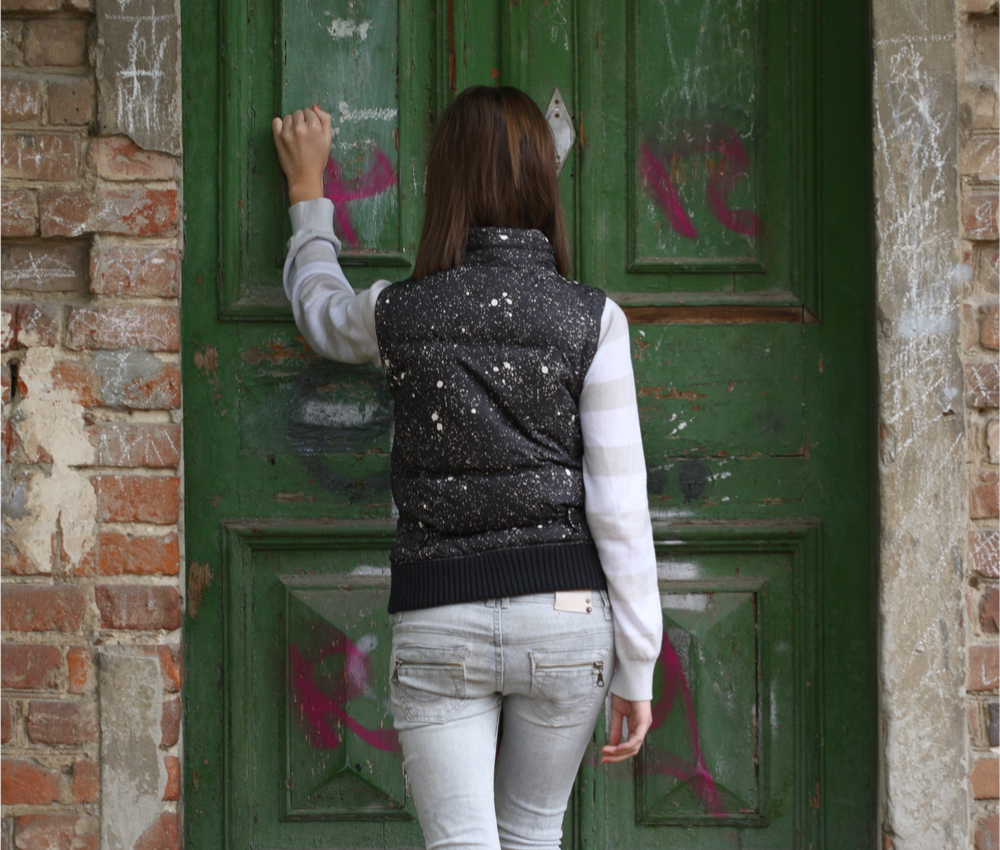
An “underground safe haven” where people could use heroin and meth has been operating since 2014, according to a new report, though details about the illicitly run facility are scarce.
Access to the site is granted by invitation only, according to the report published this month in the American Journal of Preventive Medicine. The majority of people who utilized the space have been white, homeless men who come to use heroin, pain pills, cocaine, meth, and more. Smoking is not allowed however.
The space at the undisclosed location is split into two rooms—the “injection room” which houses five stainless steel stations where the drug use occurs, and a second room where participants are monitored by trained staff as they ride out their highs.
The report’s authors, Alex Kral of RTI international and Peter Davidson of the University of California, San Diego, say a total of two overdoses have occurred at the facility, but thanks to the staff’s supervision and the overdose antidote drug naloxone, zero deaths have occurred there.
The idea behind safe injection sites—which are being considered by some U.S. cities and states like Seattle, Washington and California—is to save lives by providing a safe environment for injection drug users—in addition to getting drug users off the streets and offering a gateway to treatment, housing, and other support.
There are currently no such facilities legally operating within the United States.
A report by the Associated Press notes that “safe injection sites are different from syringe exchange programs, which were once controversial but now exist in 33 states.”
The “underground” safe injection site—which runs between four to six hours a day, five days a week—has been utilized 2,500 times over two years by more than 100 people, according to the report.
On Thursday, President Donald Trump declared the opioid crisis a national emergency, vowing to “spend a lot of time, a lot of effort and a lot of money” on the issue.
Drug overdoses have claimed the lives of more than 52,000 Americans in 2015, largely fueled by the use of heroin and opioid pain medication. Federal data from the CDC’s National Center for Health Statistics reveal that a record high of 19.9 Americans per 100,000 died of a drug overdose between July and September of 2016.
“The best way to prevent drug addiction and overdose is to prevent people from abusing drugs in the first place,” said the president, to the dismay of drug policy reformers. “If they don’t start, they won’t have a problem. If they do start, it’s awfully tough to get off.”
